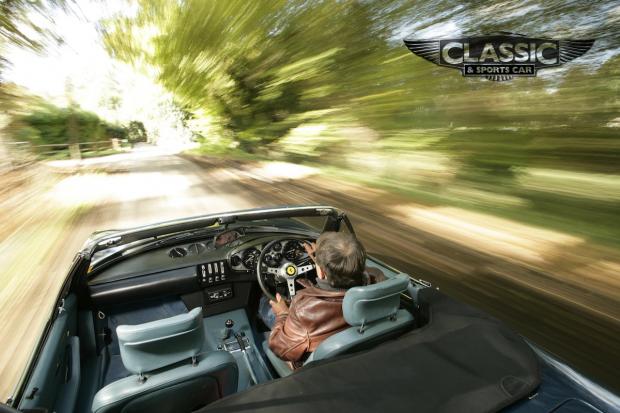
As the doors on Pete Townshend’s garage hum open to reveal an immaculate, low-mileage Ferrari Daytona Spider, I just can’t connect the British rock legend with the Italian exotic. This metallic blue V12 wedge is one of the highly prized right-hand-drive factory cars familiarly known as The Magnificent Seven. But, thanks to a Corvette-based rep, this 352bhp 170mph 1969 sensation will always evoke Miami Vice and Don Johnson for me. Townshend, with rolled satin jacket sleeve hanging over those aggressive Pininfarina-designed flanks, cruising Palm Beach or Baca Roton just didn’t figure. Even with Theresa Russell as a passenger.
It’s little surprise that 96 of the 122 Daytona Spiders went Stateside. Where the 250GT California and 275 NART Spider introduced European glamour across the Atlantic, the 365GTS/4 echoed American automotive trends. With ultimate straight-line speed its primary goal to blitz Sant’Agata’s rumoured Miura Spider, this was Maranello’s muscle machine.

So how could the genius who composed such teenage anthems as My Generation desire such brutish automotive excess? Doc Martens and Pininfarina just don’t go. Apparently, Eric Clapton is responsible for Townshend’s Ferrari weakness. While The Who squandered fortunes on private jets home to Blighty after European gigs, EC indulged in new toys from Modena. For his 60th birthday, Townshend decided it was time to have that long-promised Daytona, and in 2006 he bought the best.






